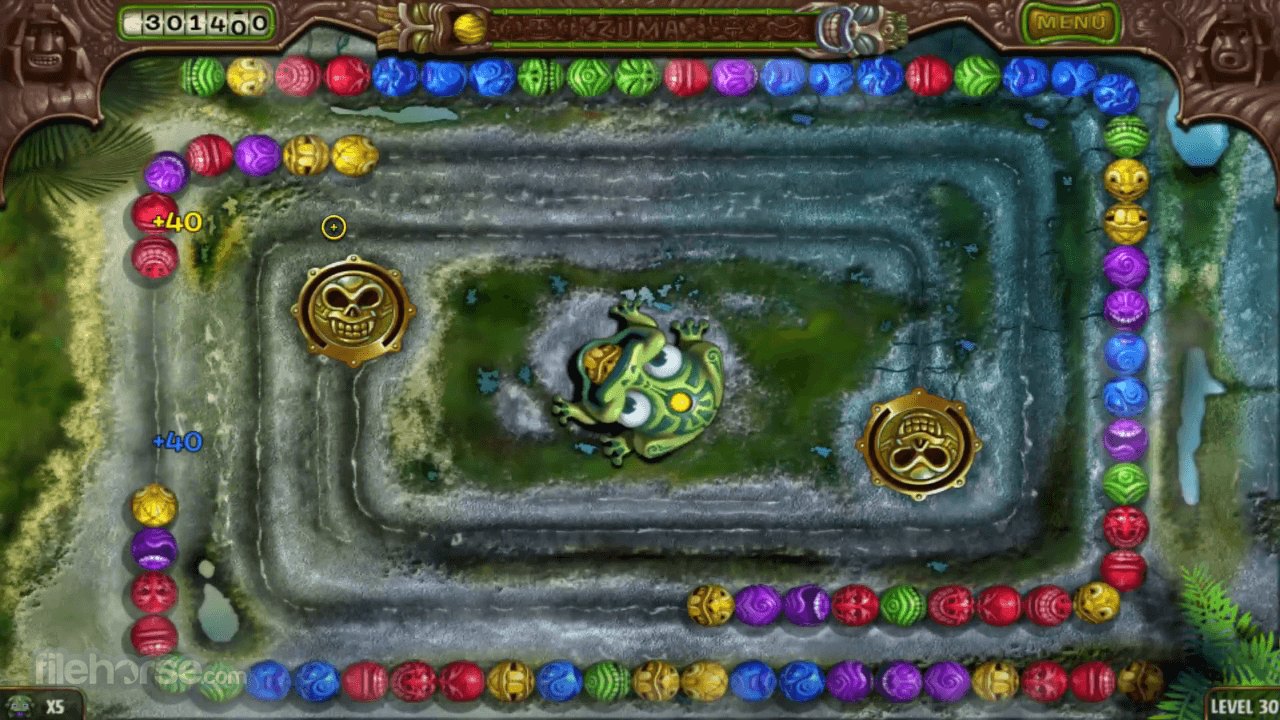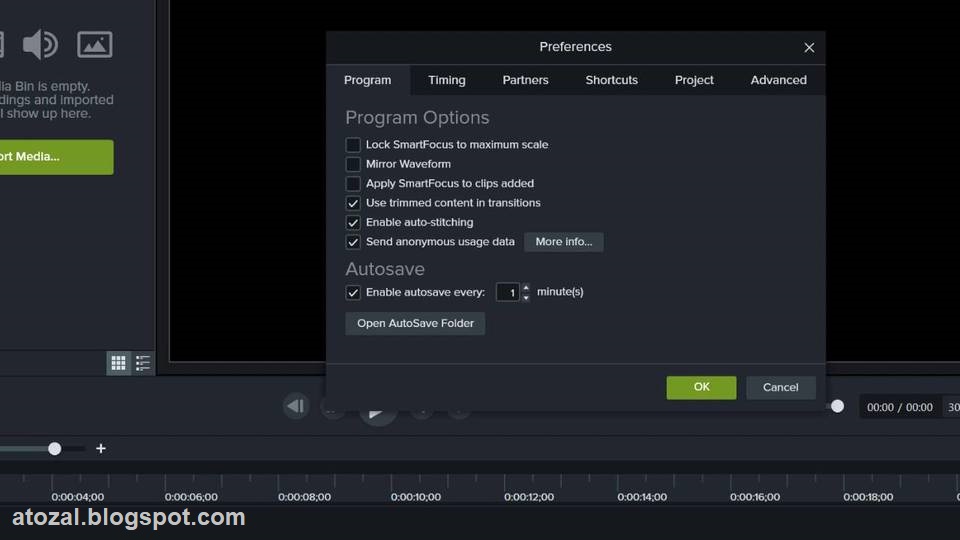

Screen recording tools help eLearning professionals record and edit different parts of their computer screen and use them as they see fit. If you're seeing lags in performance, we do want to know, as there may be something we can tweak to eek out some more performance in future versions.Contemporary online training programs are quite versatile and comprise a combination of features such as videos, pictures, graphics and text. But it's a complicated optimization problem, with many variables, across many different hardware systems. We continue to look for ways to leverage the hardware to the fullest extent, and we do try not to be worse than in previous versions, whenever possible. Then there's the number of stacked tracks at a given time.

Scaling of images and video is done 30x for each sec of video on the timeline, so that needs to be fast. The dimensions of the source files and canvas matter too, with smaller dimensions able to render faster.

Some effects are expensive, and though the GPU is usually faster, there are some effects that are rendered faster on the CPU. But it can also be disk read/write times if your disk is slow, or if you've sourced files from a network drive or thumb drive (don't do this, please). For production, that's usually the encoder, which is CPU bound right now. It's the slowest link in the pipeline that determines the max render throughput. This analysis is project and machine dependent. You have to look at the whole render pipeline to determine where the bottleneck is. If we used the GPU for rendering during production, you'd see a higher % utilization on the GPU, but it would take longer to complete the render.īut even this is an over-simplification. For that reason, Camtasia 9 uses the GPU (by default) for preview on the canvas, and the CPU for rendering during production to file. Do you want me to do a direct comparison myself, to further prove the point? You can see starting at roughly the 20min mark, a comparison between CPU only RENDERING (not just smooth display). You could go with a computer that supports multiple CPU's.ĬOME AGAIN?! Premiere Pro utilizes the GPU to great effect in RENDERING. The best thing you can do to improve performance is get a more powerful CPU.If you already own one of the best available. If you're frustrated by slow rendering times. Yes, the GPU can help to varying degrees but in most cases it's not utilized all that much. The CPU generally does all the heavy lifting. However, when it comes to rendering most videos. During those times the GPU can be your best friend indeed. GPU's are primarily used during the editing process.A powerful GPU aids in the smooth playback of videos while you are editing them.Especially when you are using special effects, color grading and things of this nature.


 0 kommentar(er)
0 kommentar(er)
